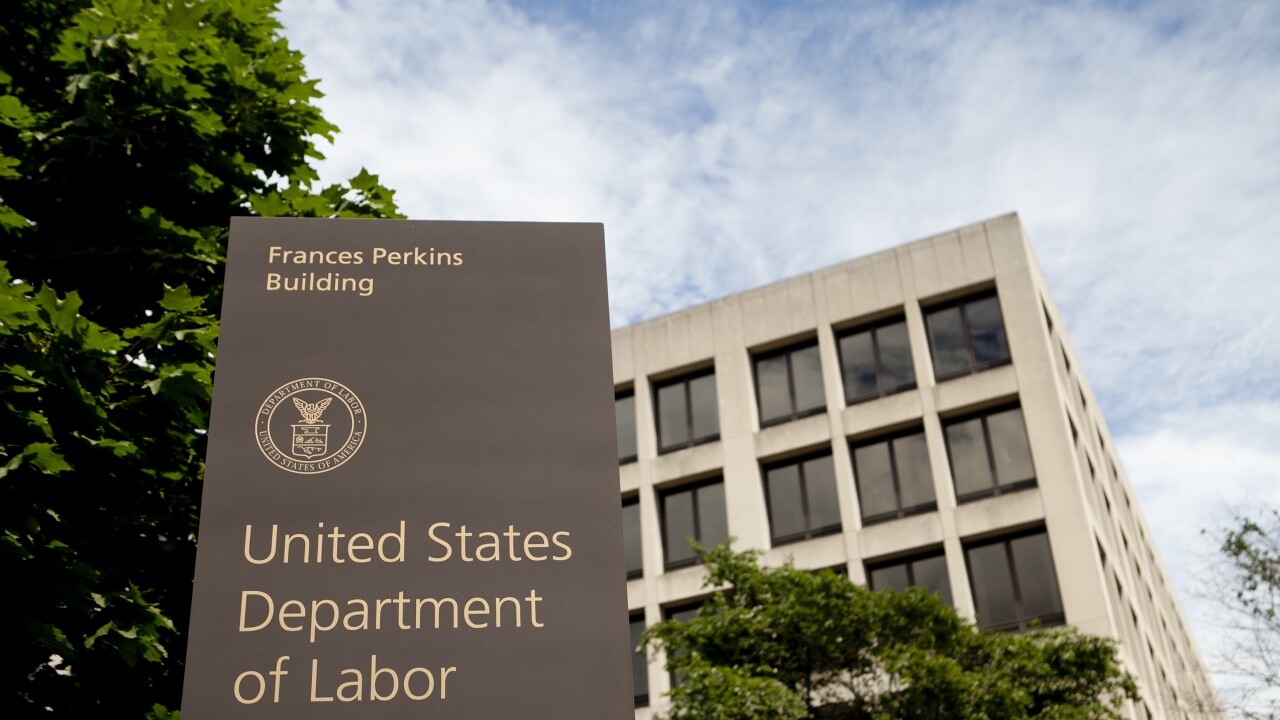(Bloomberg) House Speaker Paul Ryan unveiled a long-awaited proposal to repeal Obamacare and replace it by providing tax credits to help people buy insurance, letting them purchase coverage across state lines, and providing $25 billion for state-run high-risk pools to aid people priced out of coverage.
The Republican plan would erase much of the Affordable Care Act while embracing some of its foundation: Americans should have a chance to buy health insurance regardless of whether they’re sick and the government should have a role in setting some regulations and helping people pay for it.
“There is another way—a better way—to provide all Americans with health care that is accessible, affordable and sustainable,” according to the proposal by House Republican leaders. “In this plan, innovative, market-based, patient-centered solutions replace Obamacare’s one-size-fits-all, Washington-knows-best approach.”
The Republican plan is sparse on detail, providing no estimate of the cost or savings of major components, such as the tax credits or an overhaul of the Medicaid program for the poor. It doesn’t say how many people would have insurance compared with President Barack Obama’s 2010 Affordable Care Act, under which about 20 million adults have gained coverage, the Department of Health and Human Services said in March.
The health-care proposal would also retain some aspects of Obamacare that are most popular with the public. It would prevent patients with pre-existing health conditions from being denied coverage and allow young people up to age 26 to stay on their parents’ health plans. It also envisions a one-time open enrollment period when individuals could buy private insurance policies if they are uninsured, regardless of how sick or healthy they are.
“What we’re laying out today is a first-time-in-six-years consensus by the Republicans in the House on what we replace Obamacare with,” Ryan told reporters Wednesday.
The proposal is part of Ryan’s election-year agenda geared toward giving party members a platform to run on amid presumptive Republican nominee Donald Trump’s unconventional campaign.
The plan—the fifth of a six-part policy agenda—centers on long-sought Republican ideas including an expansion of tax-advantaged health savings accounts, allowing small businesses and trade groups to form insurance purchasing “pools,” and ensuring that federal funds and tax credits aren’t used for abortion and abortion-related services.
Eliminating Penalties
The proposal would eliminate Obamacare’s penalties on large employers who don’t offer insurance to their workers and individuals who don’t obtain it.
“Americans deserve an accessible and affordable health care system that promotes quality care and peace of mind,” the document says. “It should empower patients and support innovation. Sadly, that is not the system we have today.”
Second-ranked House Democrat Steny Hoyer of Maryland scoffed Tuesday at Ryan’s plan to announce alternatives to the 2010 Affordable Care Act, Obama’s signature domestic policy achievement.
“There are no particular pieces of legislation being recommended by Paul Ryan. None,” Hoyer said. “There will be none on the floor before the elections,” he said, because Republicans are “very apprehensive” and can’t agree on approaches.
Ryan has proposed policy plans related to regulations, national security and other areas. A sixth election-year proposal due Friday will address changes to the U.S. tax code, which hasn’t been overhauled since George W. Bush came to power in 2001.
Echoes of Obamacare
Philosophically, the Republican health-care plan has more in common with Obamacare than many party members might admit. It implicitly acknowledges that sick people should be able to obtain health insurance and that most Americans need assistance paying insurance premiums, either from their employers or from the government. The plan rejects a return to the U.S. health-care system prior to the Affordable Care Act, in which insurers could refuse coverage or charge sick people prohibitively high premiums and there was no guarantee of financial aid.
It would discard much of Obamacare’s expansion of the Medicaid health care system for the poor and would turn control over Medicaid to the states, either through block grants or a per-capita allotment.
The plan would abolish changes to the Medicare program for the elderly including a 15-member independent payment advisory board that can recommend cuts to Medicare provider payments if they exceed certain targets.
Also, it would allow Medicare beneficiaries, beginning in 2024, to choose a private plan instead of the traditional Medicare fee-for-service plan. Democrats have rejected this idea, first put forth by Ryan in 2011, as a “voucher” system that would lead to cuts in benefits to future retirees.
Tax Changes
Instead of Obamacare’s “Cadillac tax” on more-expensive health plans offered by employers, it would discourage companies from providing gold-plated health care by limiting the tax exclusion on employer-provided health benefits. House Republicans say that would push companies to substitute higher pay.
Repealing the Affordable Care Act has been one of Republicans’ top goals since winning control of the House in 2010 elections amid Tea Party opposition to the law. The House has voted about 50 times to repeal or defund Obamacare, and in January Congress sent Obama legislation for the first time repealing most of the law. The president vetoed it.
Trump has promised to repeal Obamacare if elected. His ideas include making health savings accounts an asset that can be passed on to an individual’s heirs without any tax penalty, providing state block grants for Medicaid, and allowing sale of health insurance across state lines.
—With assistance from James Rowley, Zachary Tracer and Alex Wayne





